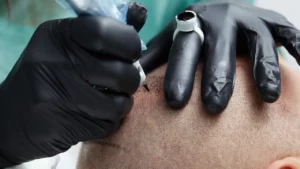Hair transplant for women’s hair loss is a special treatment method. It can be preferred by women experiencing hair thinning or hair loss. After the person’s suitability for treatment is confirmed, two different treatment methods can be used: FUE and DHI.
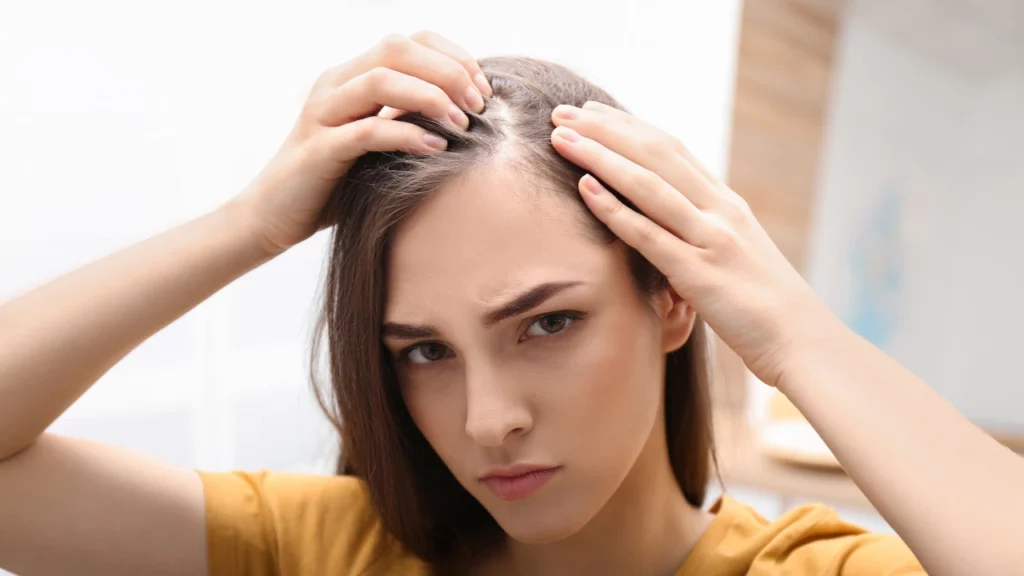
Hair transplant in women is a treatment applied when other non-surgical treatment methods fail to provide results. The priority is always to check the patient’s suitability for hair transplant for women’s hair loss treatment. Because not all women are suitable for treatment.
Hair Transplant for Women’s Hair Loss: Basics
Some women may experience serious hair loss. If hair loss is out of control, hair transplant for women’s hair loss may be an ideal treatment choice. However, hair transplantation treatment in women does not have as high a success rate as the treatments applied in men.
Hair loss may have different causes. If the problem is not hormonal, it is possible for a woman to have a hair transplant. It is important that the doctor approves the treatment after checking many points, including the hairline and loss of volume for other areas.
What is a Hair Transplant?
Hair transplant is the process of transferring hair from one part of the head to another. As a result of transferring healthy hair, the problem of thin hair and baldness is eliminated. The results are permanent, but the success rate in women is much lower than in men.
There are three different treatment methods used for hair transplant for women’s hair loss. The follicular unit transplant (FUT), which is an old method that is no longer preferred. It involves removing a strip of scalp from an area and transferring it to the another area.
Follicular unit extraction (FUE) is a new method preferred for hair transplant for women’s hair loss treatment. It involves taking hair follicles from the donor area and transferring them. The efficiency of the FUE treatment method is much higher than the FUT method.
Direct hair implantation (DHI) was developed based on the FUE treatment technique. Its difference from the FUE is the use of a special tool like a pen. Both FUE and DHI do not cause large scars. However, they are more costly than the old technique FUT.

Who is a Good Candidate for a Hair Transplant?
Various factors are taken into consideration when determining the ideal candidate for hair transplant for women’s hair loss. First, there must be hair on the back and sides of your head that can be used as a donor area. Other factors are details such as hair color and tissue.
The best candidates for hair transplant for women’s hair loss treatment are women between the ages of 25-55. The most accurate evaluation will depend on your doctor’s examination. Because hair loss due to hormonal balances should be examined in detail.
What are Main Causes of Hair Loss in Women?
The cause of hair loss in women is largely linked to genetic factors. However, different factors such as thyroid problems, stress, medical conditions and medications must be taken into account. A specialist doctor’s examination is required to clarify the cause.
- Stress: Stress is one of the most important factors that can cause hair loss in women. Chronic stress disrupts the functioning of stem cells in hair follicles. As a result, hair loss or loss of volume in the hair occurs and the hair growth balance is disrupted.
- Medical conditions: One of the primary causes of hair loss in women is various health problems. Diseases that cause the immune system to deteriorate can cause hormone imbalance. For this reason, hair loss may occur in women.
- Medications: Hair loss may occur in women due to the side effects of blood thinners and antidepressant medications. Additionally, medications such as anti-androgens can stimulate hair growth but can also cause intense hair loss initially.
- Thyroid problems: Thyroid problems such as hypothyroidism can cause hair loss. The production of excessive amounts of thyroid hormone affects the growth cycle of the hair. Also, medications used for thyroid problems can change hair tissue.
Before applying for hair transplant for women’s hair loss treatment, you need to learn the reason behind the hair loss. Most of the time, hair loss in women is a temporary condition. For this reason, you should be examined before starting any treatment.
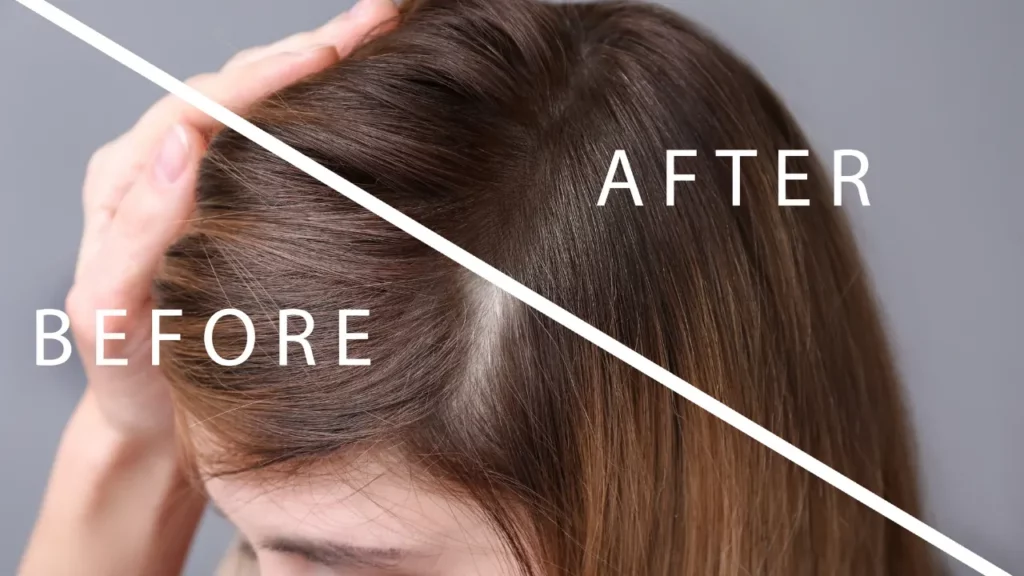
Hair Transplant for Women: The Pros and Cons
Before applying for hair transplant for women’s hair loss treatment, you should have fully examined the pros and cons. This treatment method has a number of different advantages such as natural hair growth, ease of care, low cost and permanent results.
The disadvantages of hair transplant for women’s hair loss treatment are the high initial cost and low success rate. For this reason it is not considered an easily accessible treatment. It is also not ideal for all women and requires serious medical guidance for post-treatment care.
Women’s Hair Transplant: Benefits
If hair transplant for women’s hair loss treatment is one of the options you can consider, it may be a good idea to learn about its benefits. Although the success rate is low for women, it can be a permanent solution for the hair loss problem you are experiencing.
- Confidence rise: Women experiencing hair loss may face self-confidence problems. Hair transplant for women can eliminate the problem of hair loss. You can refresh your image as your hair will look fuller and more natural.
- Low cost: Even though it is not mentioned much, the cost of hair transplant for women’s hair loss treatment is lower than other methods. You pay less due to long-term cost efficiency. However, the initial cost of treatment is high.
- Permanent results: Considering alternative treatments, women’s hair transplant has the advantage of offering permanent results. As long as you do not neglect your hair care, you can get the ideal result and you will not encounter hair loss again.
- Natural appearance: Hair transplant for women is not without alternatives. But, it allows you to achieve the natural-looking result. Since hair transplantation is performed on bald areas, natural-looking hair grows. You can style your hair as you wish.
- Ease of care: One of the most important advantages of hair transplant for women’s hair loss treatment is its ease of care. When you adhere to your doctor’s post-treatment care recommendations, you will get a permanent solution.
If you have hair loss, you should do your research before choosing the most ideal treatment method. You can reduce your treatment costs by taking advantage of opportunities such as health tourism in Turkey. You can contact us immediately for health tourism details.
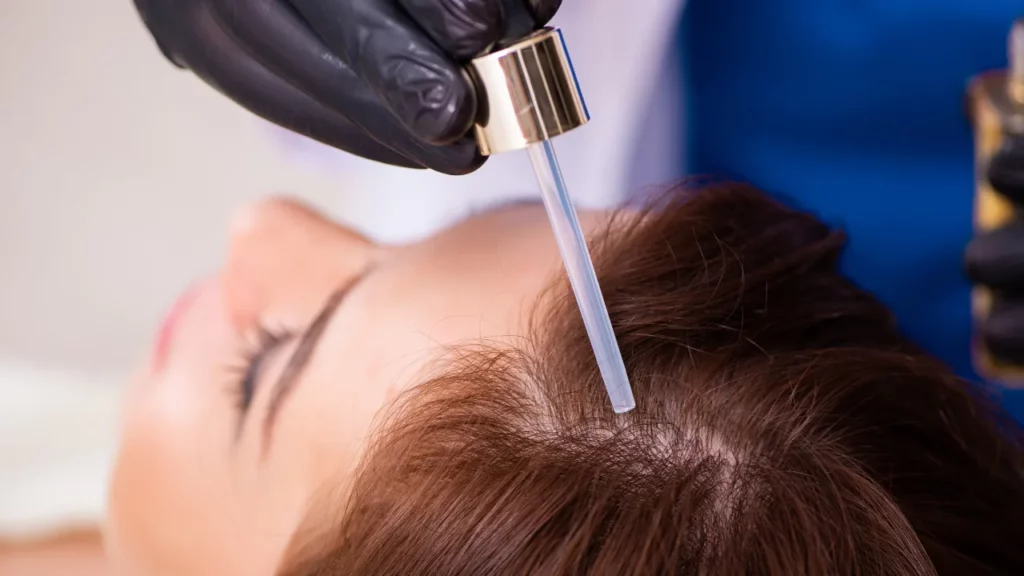
Women’s Hair Transplant: Cost
The price of hair transplant for women’s hair loss treatment varies depending on the procedure. The most important factor taken into consideration is how much hair a person loses. Also, the clinic and the experience of the doctor have an impact on the price.
Since there are different factors affecting the price of women’s hair transplant, there is no clear cost. You should request an evaluation from the clinic, hospital or doctor appropriate to your current condition. Then you should make the best decision for your treatment.
If the cost of hair transplant for women is extra important to you, you may want to benefit from health tourism. Sakura MediCo. is ready to help you if you choose Turkey for health tourism. We can help you discover the treatment that best fits your budget.
Risks of Hair Transplant in Women
Women’s hair transplant is a procedure that is considered relatively safe. Despite this, even minimal surgical intervention involves certain risks. Hair transplant in women does not give as good results as in men. The person must accept this risk before the treatment.
- Large scars: Women do not like scars because they attach extra importance to aesthetic appearance. Scars vary depending on the hair transplantation method used. If FUT (an old method) is used, large scars may be encountered.
- Excessive bleeding: There may be a risk of excessive bleeding before and after surgery. During hair transplant in women, scalp reduction procedures may be performed. These surgical operations create large scars and the risk of bleeding is high.
- Allergic reactions: Allergic reactions are not specific to women. The medications used during treatment may cause problems. In addition, if the person has a history of heart disease, a comprehensive examination is required before hair transplant.
- Infection possibility: Infection risk is very high in hair transplantation. The most critical factor in the formation of infection is that the patient does not live in healthy conditions. The risk of infection in hair transplantation is not specific to women.
- Insufficient blood supply: When hair follicles cannot get enough oxygen, they begin to fall out. This also means insufficient blood flow. With appropriate surgical techniques, blood circulation can be improved and hair loss can be prevented.
- Failed grafts: Failed grafts may be encountered in hair transplant for women’s hair loss treatment. In order for the transplanted hair to grow, they must be shed. However, due to conditions such as inadequate care conditions, the hair may not grow back.
It is necessary to be conscious in hair transplant for women’s hair loss treatment, even if the risks are low. The most important risk is the success of hair transplantation because the success rate is not as high as in men. The patient must be aware of this risk.
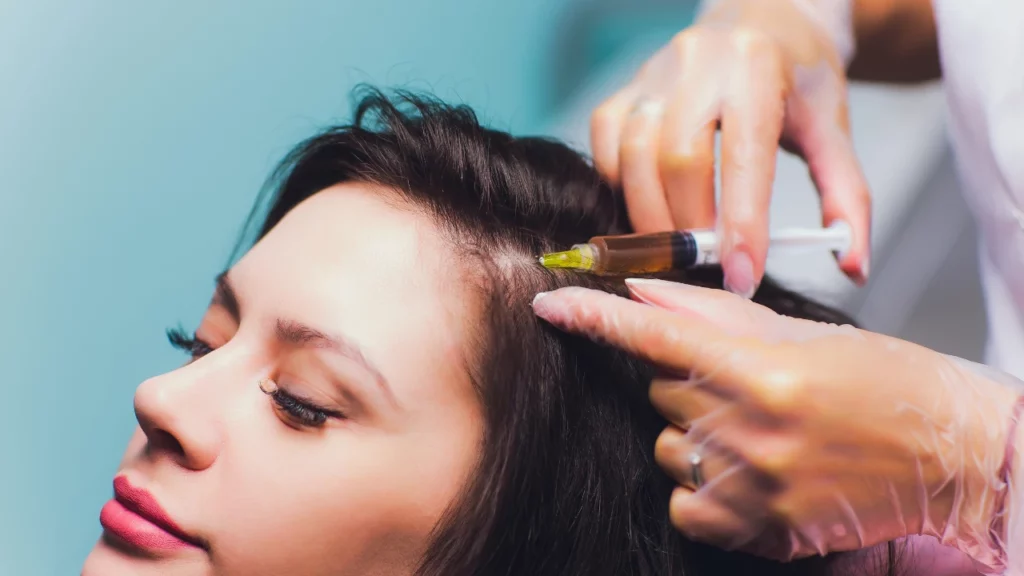
Hair Implants for Women: An Alternative
Hair transplant for women’s hair loss is an important treatment choice, but it has some alternatives. There are different methods that can be used and the prominent methods are to use PRP or LLLT. Comprehensive examination is required for the correct choice.
- Hair implants: Hair implants for women contain synthetic hair. They do not look like natural hair. It might be more accurate to think of it as a kind of wig. Hair implants are placed directly into dead hair follicles and it is possible to get instant results.
- Finasteride: The first step before looking for women hair implants treatment may be to use finasteride. Finasteride can prevent hair loss by blocking DHT conversion. However, it works better for men and is not recommended for women in general.
- Some tonics: Hair growth tonics can be an alternative to hair implants for women. These specially formulated products strengthen hair follicles. Tonics applied directly to the scalp may contain vitamins, minerals and herbal extracts.
- PRP: Platelet-rich plasma therapy and women hair implants are alternative methods. Platelets taken from the person’s own blood are used. Enriched platelets are injected into the area where hair loss occurs and hair growth is stimulated.
- LLLT: Low-level laser therapy is a treatment used to stimulate hair growth. Photons are sent to the scalp. It can be used to increase hair density in both men and women. It is a non-surgical alternative to hair transplant for women’s hair loss treatment.
- Cosmetic products: Cosmetic products are not a direct alternative to hair implants for women. These are products used to hide the thinned parts of the hair and show the hair volume densely. Natural hair fibers, wigs and creams are such products.
Hair transplant for women’s hair loss should be handled differently than in men. At the same time, it should be known that there is no natural solution. It is possible to delay or prevent hair loss by natural ways. However, natural solutions do not ensure hair regrowth.
